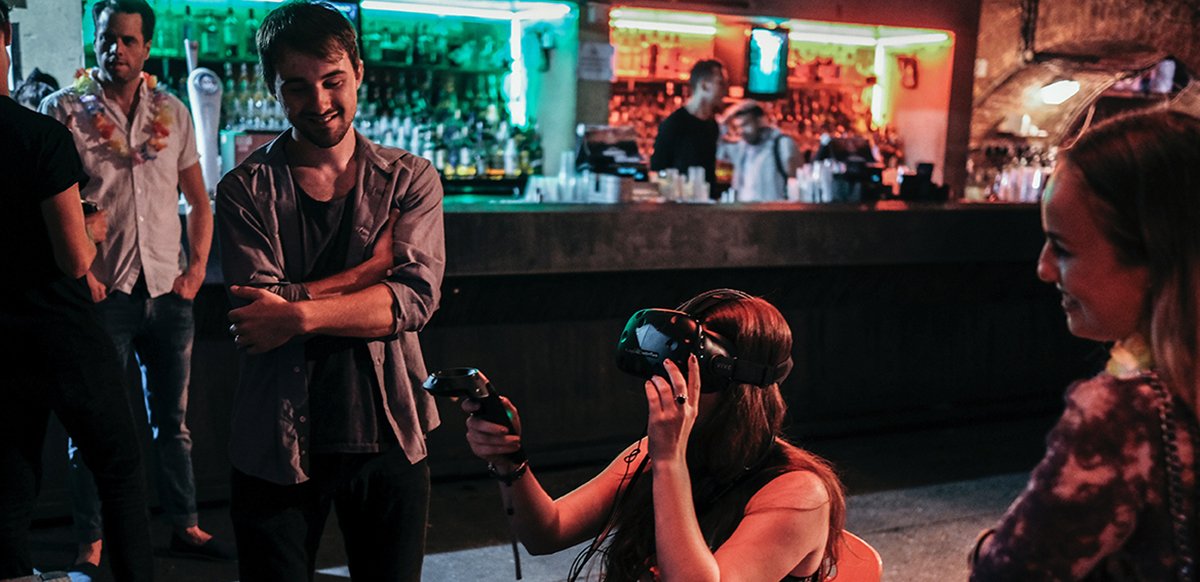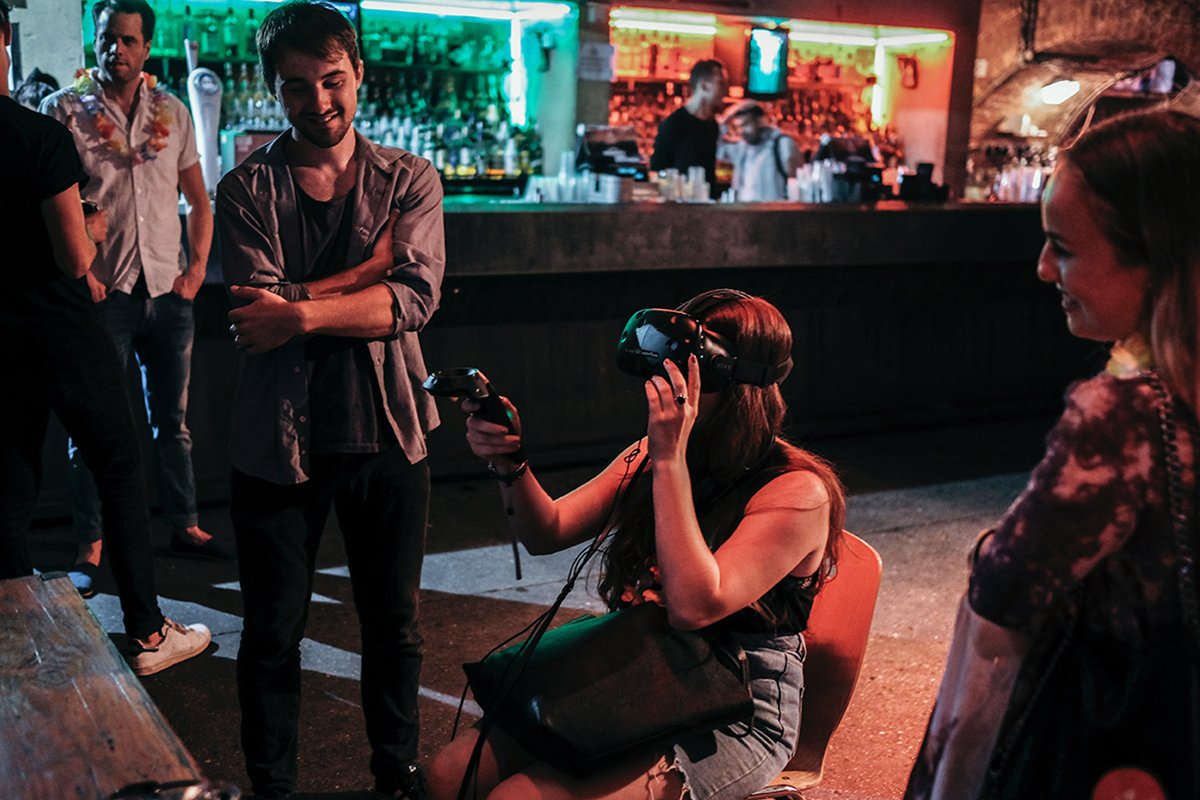
Customers now expect more than products and services from the brands they love. They also want experiences that come along with their purchases. So if you want to want to keep your customers happy and stand out from your competition, your brand must embrace experiential marketing.
What Is Experiential Marketing?
Experiential marketing is a marketing strategy that gives customers first-person experiences that are in some way tied to your brand. This could be any experience that provides a customer with an unexpected, original, or remarkable moment. It may include:
- Attending a live event or in-person demonstration
- Enjoying a unique moment, production, or in-store design
- Taking a photo with a dramatic or interesting element
- Participating in a brand change or evolution
- Playing or participating in a game
- Getting a VIP treatment
- Meeting a notorious figure
The options are vast and wide with experiential marketing.
The moments can be used to move customers through the buyer’s journey, or they can simply provide an upgraded experience while the customers is in the middle of the purchase funnel. And, the moments can happen in either the digital or real world. Customers can have experiences with brands while on their websites or using their apps or while visiting their stores or special events.
The rest of this post will primarily focus on in-store experiential marketing such as this example from Salesforce.
To provide their customers with an elevated experience while visiting their offices (and also to boost morale for the employees that work there), Salesforce installed a 106-foot, 7 million-pixel LED screen in their lobby.
The oversized video wall which featured rotating videos from a gushing waterfall to a giant Pac-Man game, turned an otherwise boring office building lobby into an experience that visitors would enjoy, document on social media, and remember long after they left the location.
Why You Need to Use Experiential Marketing
As the Salesforce example shows, experiential marketing creates moments that have lasting impact. But, this is just one of the reasons why experiential marketing is important to brands and customers.
Customers love experiences. More than ever customers want experiences. Purchase preferences are changing, and shoppers are no longer just spending their money on things. They want to spend their money on moments — especially millennials. An Eventbrite study found that, “two thirds (66%) of the study’s respondents said they felt more fulfilled by live experiences than purchasing an item of the same value.” Experiential marketing helps you tap into the customer demand for buying memorable moments, not just tangible things.
Customers love personalized experiences. When customer engage with a brand, they don’t want the same experience that every other customer has. They want a custom experience that is personalized for them. An Oracle report found that, “forty-six percent (46%) of shoppers will buy more from a retailer when they personalize the customer experience.” The customer experiences you create don’t need to be over-the-top. As long as they are personalized experiences, customers will respond.
Positive experiences lead to lasting (and spreading) brand buzz. When you offer a great and memorable customer experience, you increase the chances that a customer will remember your brand and return to do business with you again. This is good for your bottom line because it is both cheaper and easier to sell to existing customers than to new customers. Experiential marketing is the perfect way to boost brand recognition, keep customers coming back for more, and attract new customers as existing customers share their awesome experiences on social media and through word-of-mouth.
How to Use Experiential Marketing in Your Store
Experiential marketing is the perfect way to draw customers to your store, engage them while they visit, and give them a reason to return. Here are a few ways you can create fun, surprising, and interesting in-store experiences at your brick-and-mortar business.
- Host in-store events. The most obvious way to create an experience in your store is by hosting events. These events can range from open houses and extended hour sales for VIP customers to an educational workshop or speaker series.
- Let customers get hands-on with your products. Experiential marketing that is tied to products is the perfect way to draw in customers while also promoting your products. Host hand-ons event such as product demo days, workshops that use your products, or any other presentation that takes products out from behind the display case or packaging.
- Create a setting that customers have to see. A unique environment or Instagram-worthy setting (like the Salesforce video wall) can draw in curious customers that want to see the one-of-a-kind display (and share it on their social channels — which gives your brand added reach).
- Add an in-store activity. Since customers are seeking out places where they can go “do” something, add an activity to your store. Give your customer something to do other than shop. A great example of this is a climbing wall or even a surf machine in a sports shop.
These are just a few examples of what is possible when creating experiential marketing moments within your brick-and-mortar business. When you have in-store marketing tools, like video walls, overhead music, and free customer WiFi, you can uplift the environment in your store to make it a destination for experiences, not just products and services.
Boost Customer Experiences Through Experiential Marketing
Experiential marketing isn’t a new buzzword that is going to fade away with changing marketing trends. Customers have always enjoyed experiences and will continue to enjoy them in the future. So give customers what they want and use experiential marketing to make your brand something that customers can witness, enjoy, share, and never forget.
Get more ideas for how you can create awesome customer experiences in your store or business by downloading our free ebook: The Ultimate Guide to In-Store Marketing. It shares at dozens of ways that in-store marketing can help you create experiential marketing campaigns that engage in-store customers and get them to come back to your business again and again.
